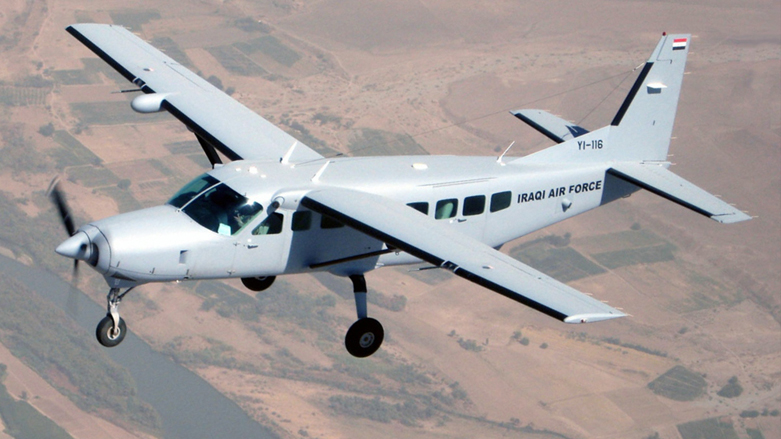Iraqi airstrikes kill 3 ISIS suspects in Saladin

ERBIL (Kurdistan 24) – The Iraqi Air Force killed three suspected ISIS members in the country’s central Saladin province, according to a statement from the military on Sunday.
According to the military, the first two strikes hit a pick-up truck carrying two suspected ISIS militants in the north of Therthar Lake in the eastern part of the province. The strikes killed them both, it added.
During an operation in the desert areas of Tharthar, the air force killed another ISIS suspect.
Iraqi Air Force turboprop AC-208 Combat Caravans participated in the strikes, the Iraqi Security Media Cell tweeted.
In recent months, Iraqi Air Force F-16 jet fighter-bombers (the air force’s most advanced aircraft) and AC-208s armed with air-to-ground Hellfire missiles have been the air force’s main strike platforms against ISIS militants in the country. Both aircraft are capable of carrying out targeted strikes against ISIS targets.
Most Iraqi airstrikes are against suspected ISIS targets, such as caves and other hideouts, in rural parts of the north and east.
ISIS still poses a security threat in the country almost five years after its caliphate was declared defeated in Iraq in December 2017. The group continues to carry out attacks against military and civilian targets.
On May 12, in cooperation with the Kurdistan Region’s Peshmerga forces, the Iraqi army launched a ground operation in the remote areas of the Saladin and Diyala provinces in search of militants. The area is part of the disputed territories between Erbil and Baghdad, where ISIS has previously exploited a security vacuum between Kurdish and Iraqi positions to organize and carry out attacks.
